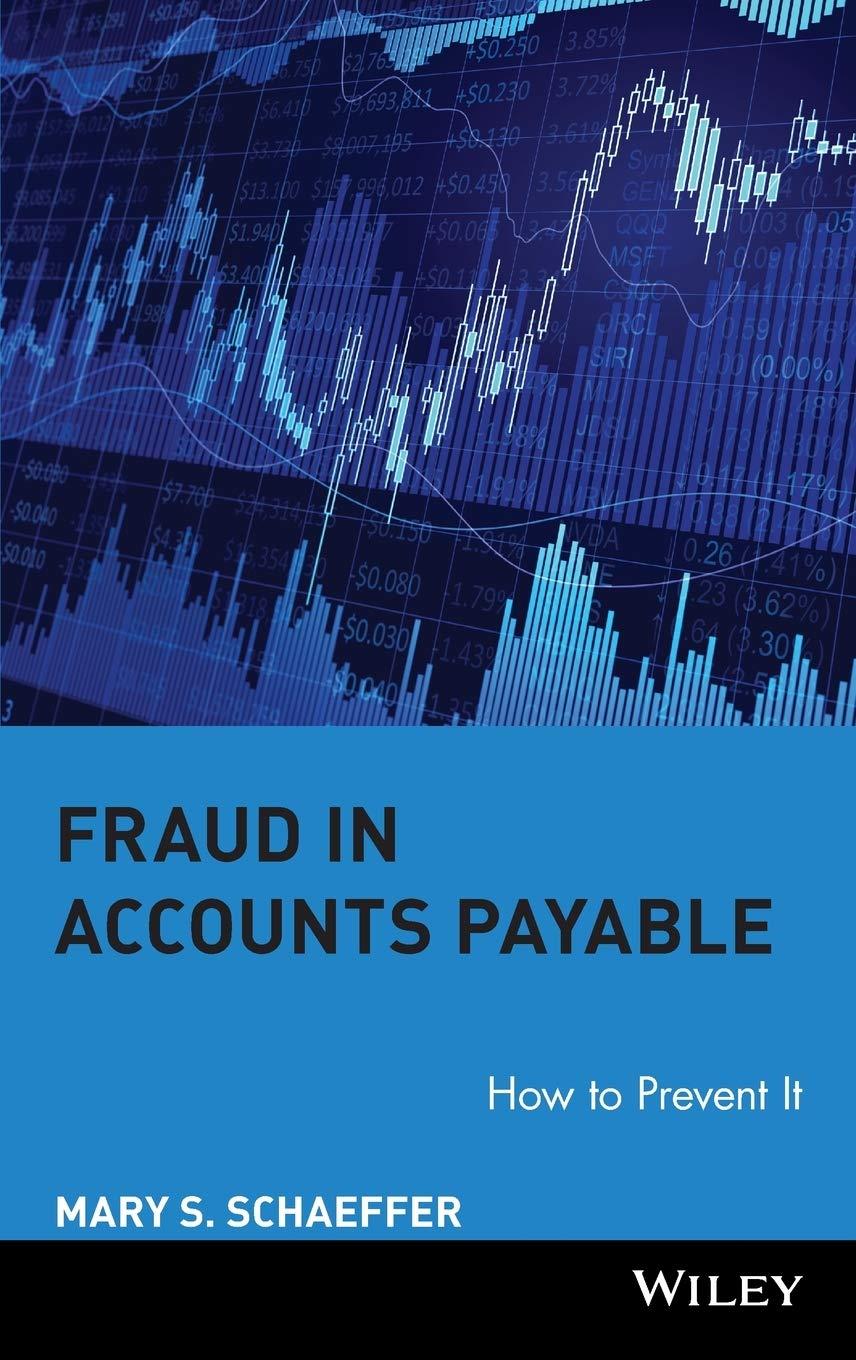6.67 (LO1, LO3) Brenda Wong is a licensed real estate agent (realtor) in the Sedona, Arizona area. Because of her affiliation with a large national real estate agency and her attention to detail, Brenda has been able to build a very successful business. In the United States, a person selling their home hires an agent who "lists" the home, and the agent representing the potential buyer "shows" the home. If a sale occurs, the seller pays a commission to both the agent listing the house (i.e., his or her own agent) and the agent representing the buyer. Each agent typically receives a commission equal to 3% of the home's selling price. On occasion, the listing agent also is the agent for the buyer. In this case, the listing agent receives both commissions; that is, as the agent for both the buyer and the seller, the agent receives a total commission of 6%. On behalf of a house-owner, Brenda currently has listed a home with an asking price of $250,000. Brenda believes that if she holds an "open house" this coming Sunday, the home will attract many visitors. (An open house is a designated time period, say 2-4 PM, when the house is open to visitors. Anybody can walk into the house and look around without a prior appointment). Since this is a new listing, Brenda believes that there is a 10% chance one of the visitors to the open house actually will purchase the house. The prep for the open house plus the time it takes to host the open house will consume an entire day. In addition, variable costs related to signs and ads in the local newspaper will cost Brenda \$250. Finally, almost all buyers who look at open houses are likely to be under contract with another realtor, implying that Brenda expects to receive a 3% commission if the home sells. Rather than hold the open house, Brenda can spend this coming Sunday showing homes to some of her clients who are looking to buy a house. Brenda estimates that, on any given day that she devotes to showing homes, there is a 4% chance that she will sell a house that is not her listing (thereby receiving a 3% commission), and a 1% chance that she will sell a house that is her listing (thereby receiving a 6% commission). The average asking price of the houses Brenda shows is $220,000. Brenda's variable costs of showing homes are negligible and, thus, can be ignored. Finally, on average, houses (including open houses) sell for 95% of the asking price. a. Does Brenda's decision deal with excess supply or excess demand? b. What is Brenda's expected profit from holding the open house this coming Sunday? c. What is Brenda's expected profit from showing homes (to some of her clients who are looking to buy a house) this coming Sunday? d. What should Brenda do this coming Sunday? e. As you might suspect, the chances of selling a home during an open house decline after the first open house. Assume Brenda's first open house does not lead to a sale. What would the chances of a sale during the second open house need to be so that Brenda prefers holding a second open house rather than showing homes to 6.42 (LO4) SuperSound Stereos sells high-end stereo equipment to specialty audio and video shops. SuperSound serves three different types of customers: small, medium, and large. Customers are placed into these categories based on the average sales revenue generated per visit - "small" customers yield average sales revenue of less than $20,000 per visit, "medium" customers yield an average sales revenue of $20,000 to $40,000 per visit, and "large" customers yield an average sales revenue of over $40,000 per visit. Data for a typical sales territory are provided below: Sales persons can realistically spend 125 hours per month visiting customers and generating orders. Sales persons' remaining time is spent in the head office filling out paperwork, learning about the company's products, and attending sales meetings. With only 125 hours available per month to visit customers and generate sales revenue, sales persons [unfortunately] cannot visit all of the potential customers in their territory. a. Traditionally, SuperSound's sales persons have given top-priority to large customers because these customers generate the most sales revenue per visit. Calculate monthly sales revenue in a typical sales territory if, in a given month, a sales person first visits all the large customers, then visits all the medium customers and, finally, squeezes in as many small customer visits as possible. b. Trey Foster is SuperSound's top sales person. In contrast to conventional wisdom, Trey focuses first on the small and medium customers and, if time permits, the large customers. He tells anyone who will listen that large customers are not worth the bother - "You can win a game with singles" is the mantra that he preaches. Calculate monthly revenue using Trey's sales strategy. How do you explain Trey's success








